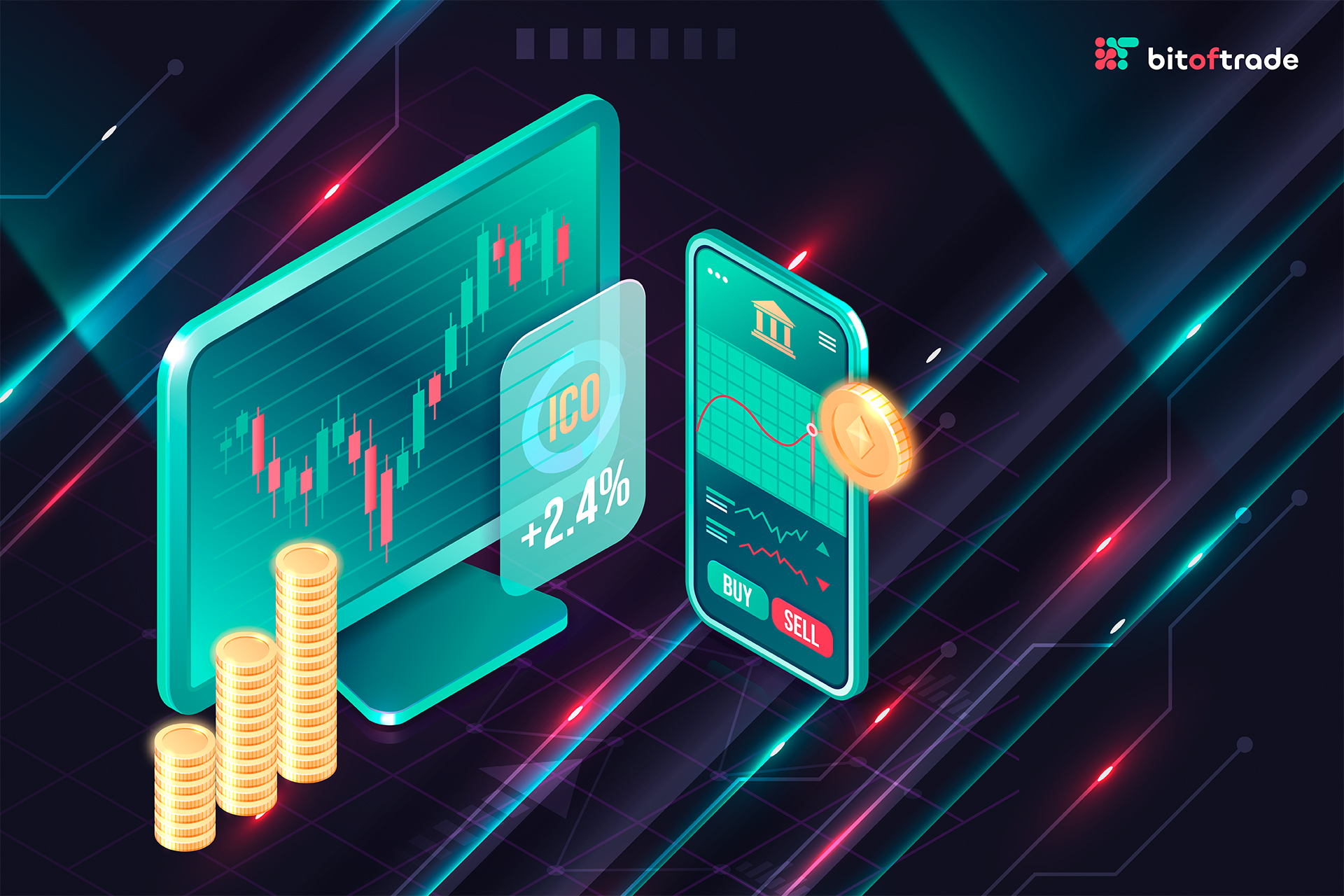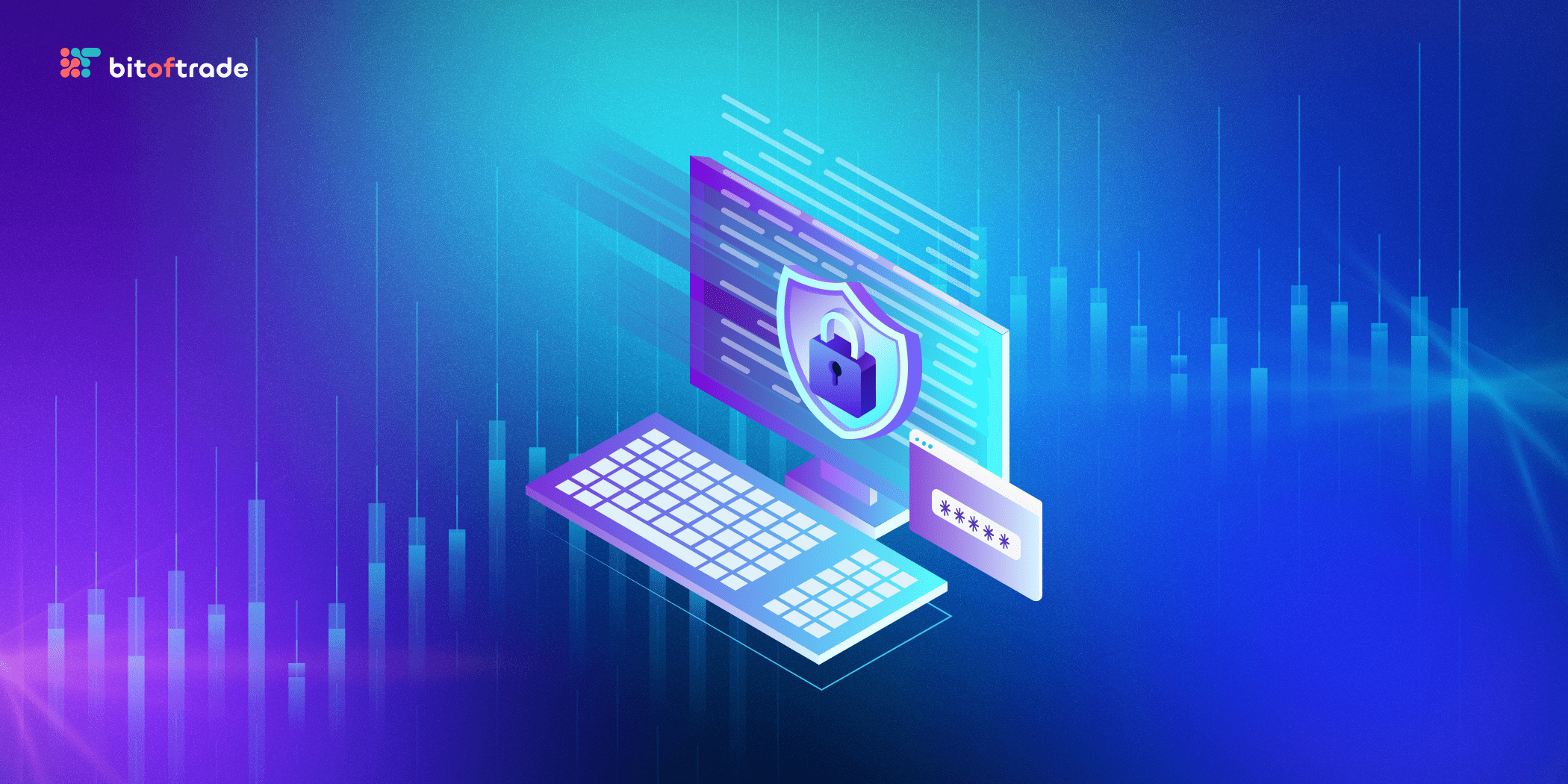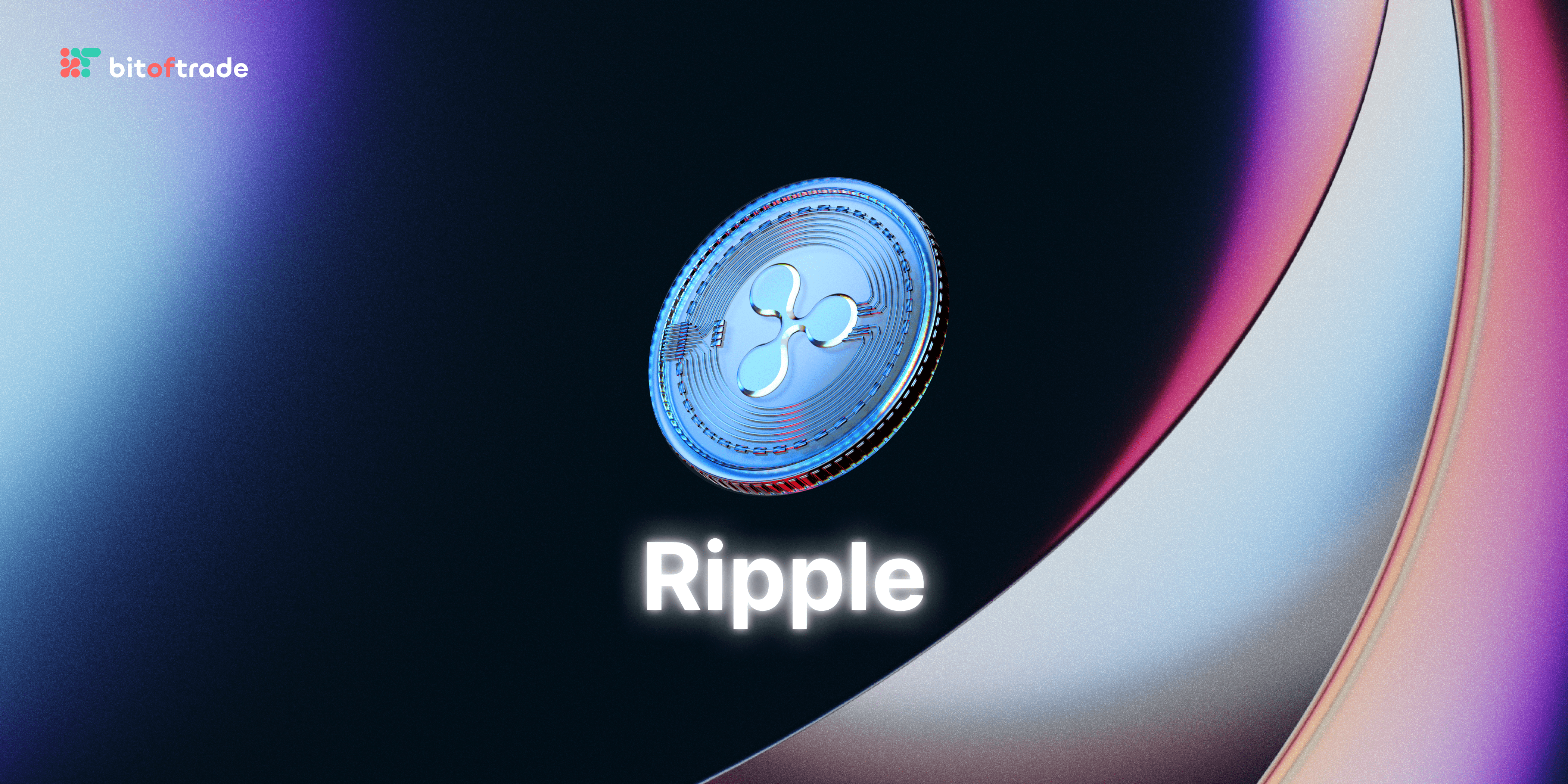We all know the crypto market can be volatile, as we’ve seen with the recent downfall of the Terra LUNA token losing 99.98% of its value virtually overnight. It's more important than ever to have a strong strategy for predicting market behavior. There’s no right or wrong way to predict future market behavior and many traders have come up with their own strategies to make predictions, however it’s important to reduce the risk of potential loss the best way you can—-we can help you with just that!
However, it can be overwhelming if you don’t know where to start.
Cryptocurrency future: how to evaluate cryptocurrency
With our help, you can start predicting cryptocurrency prices confidently! To make accurate market behavior predictions, you need a firm grasp and understanding of fundamental and technical analysis. These two methods are essential for understanding how to read the market, and by the end of this article you’ll have a sound understanding of crypto market behavior and you’ll be able to make predictions like a pro!
Read on to learn all about our first crypto prediction method: fundamental analysis.
What is crypto fundamental analysis?
Fundamental analysis helps you determine the value of a token-based on its intrinsic value. Start by evaluating the background information of a token and its creators and you can gradually gain an understanding of whether the coin is under or overvalued. Is it a worthwhile, industry-changing project led by highly experienced people? Or, is it more likely going to be a flash in the pan? By researching as much information as possible about a crypto project, you’ll be able to make more accurate predictions.
Here are the three main types of metrics that’ll help you perform fundamental analysis:
Project metrics. This involves the overall analysis of the crypto project, taking into account background analysis, tokenomics and utility, and competitors.
Financial metrics. This is a quantitative approach that factors in market capitalization, circulation supply, liquidity, and trading volume.
On-chain metrics. Here, observing the data with an on-chain analysis helps evaluate a crypto project, factoring inactive addresses, hash rates, fees, and transaction value.
Cryptocurrency fundamental analysis enables non-technical traders to predict market movements with greater confidence. Fundamental analysis focuses on the study of the causes of market movement, unlike technical analysis which focuses on the effects.
A big focus of fundamental analysis is researching everything you can about a token, but how do you know where to even begin your research?
Research the history of tokens
Knowing the history of a token can help your understanding of market behavior. Find a token that you’re interested in and research as much information as you can about it.
To learn more about a token, you can:
- explore the whitepaper,
- learn about the token via the roadmap and website,
- study its previous market behaviors.
By knowing what’s happened in the past and becoming acquainted with a token’s tokenomics plus key project details, you can better predict where it will go in the future.
Follow projects and tokens and keep up to date with their progress and plans
There are a lot of crypto projects out there, and with over 10,000 tokens in the world, it’s impossible to keep up to date with them all. That’s why we strongly recommend you follow the tokens you’re most interested in. Otherwise, you’ll clog your feed with things that aren’t relevant to your cryptocurrency predictions.
You can store all your favorites in one place. Feedly, for example, allows you to have all of your chosen feeds in one place. This will save you time from having to search across multiple web pages. Additionally, you can enable Google Alerts for topics of interest. This lets you receive notifications on your desktop, so you’ll find out about crypto news as soon as it appears online.
As you can see, fundamental analysis is pretty important for predicting future market behavior, and so is technical analysis which we’ll get into below.
What is crypto technical analysis?
Technical analysis of cryptocurrency involves studying the crypto market and looking out for statistical trends based on historical activity. This includes examining trading volume and price movements. Technical analysis is used first and foremost to study the profitability of a token. The idea around this type of analysis is that prices follow trends, so you can—in theory—use data to predict if the price of a cryptocurrency will go up or down in the immediate future and in the long-run.
Technical analysis is based on charts that factor in price changes, order sizes, turnover values, and technical crypto indicators. Cryptocurrency technical analysis charts include information from price trends and identifying predictable behavior.
Top crypto analysts prefer to use overall market trends rather than the data itself in isolation.
Technical analysis for cryptocurrency is based on three principles:
Prices are subject to trends. If an asset is set in a trend (horizontal, downtrend, uptrend) it will remain in that trend unless there’s a clear indication suggesting otherwise.
History repeats itself. By studying previous patterns, you can make informed price forecasts.
The market discounts itself. Market price includes all information about a token, including its micro and macroeconomic situation, regional, industry, and political conditions.
Before you can start using your technical analysis knowledge to inform your trades, you need to know how to read crypto charts.
Understanding crypto charts
Now that you know the approaches to cryptocurrency analysis, it’s important to gain a strong understanding of the analysis charts used in market behavior prediction. But before you can start applying your technical analysis knowledge, you must understand how crypto charts function. Reading crypto charts can be overwhelming at first, but we’ve broken it down for you.
To make predictions, you use the two main types of technical analysis charts:
Candlesticks. They allow you to see the full details of the price fluctuation of a cryptocurrency throughout one trading session. Candlestick charts help you predict future crypto prices. Learn more about reading and understanding candlestick charts here.
Trend lines. These allow you to identify any anomalies and extreme outliers in the price of a cryptocurrency, enabling you to detect an upward trend early.
With charts, it’s best to use them together. Each has its benefits, but used collectively you can make more informed cryptocurrency predictions.
Use fundamental and technical tactics together
When you’re making a cryptocurrency prediction, we recommend combining fundamental and technical analysis to form a strong prediction strategy. We don’t want you to be discouraged if your predictions fall short. With time, you'll find what best works for you and your strategy will become more personalized. With every prediction you make there is an opportunity for growth and knowledge.
And of course, a good strategy can be made even better with a great trading platform.
Start trading with bitoftrade
At bitoftrade, we’ve launched our new DEX trading platform complete with advanced features including swap trading, limit, and leverage orders, and combined them with a seamless user experience so you can get the most out of your trades. There are over 900 available tokens that you can trade on networks such as Ethereum, BSC, Fantom, Polygon, and Avalanche. We implement a strong no KYC policy to enable you to trade anonymously and securely, with low and transparent fees.
Visit our website to start trading on bitoftrade.
Want to suggest a feature or vote on community suggestions? Head to our Request A Feature page to do just that! Expect to see new features launching on our platform soon, including hedging, crypto candlesticks to aid you in identifying market trends, and more.
Join our community to learn more about our latest features and join in the discussion:
Official bitoftrade Telegram channel
Official bitoftrade Discord channel
Find us on LinkedIn
Find us on Twitter
Find us on YouTube


